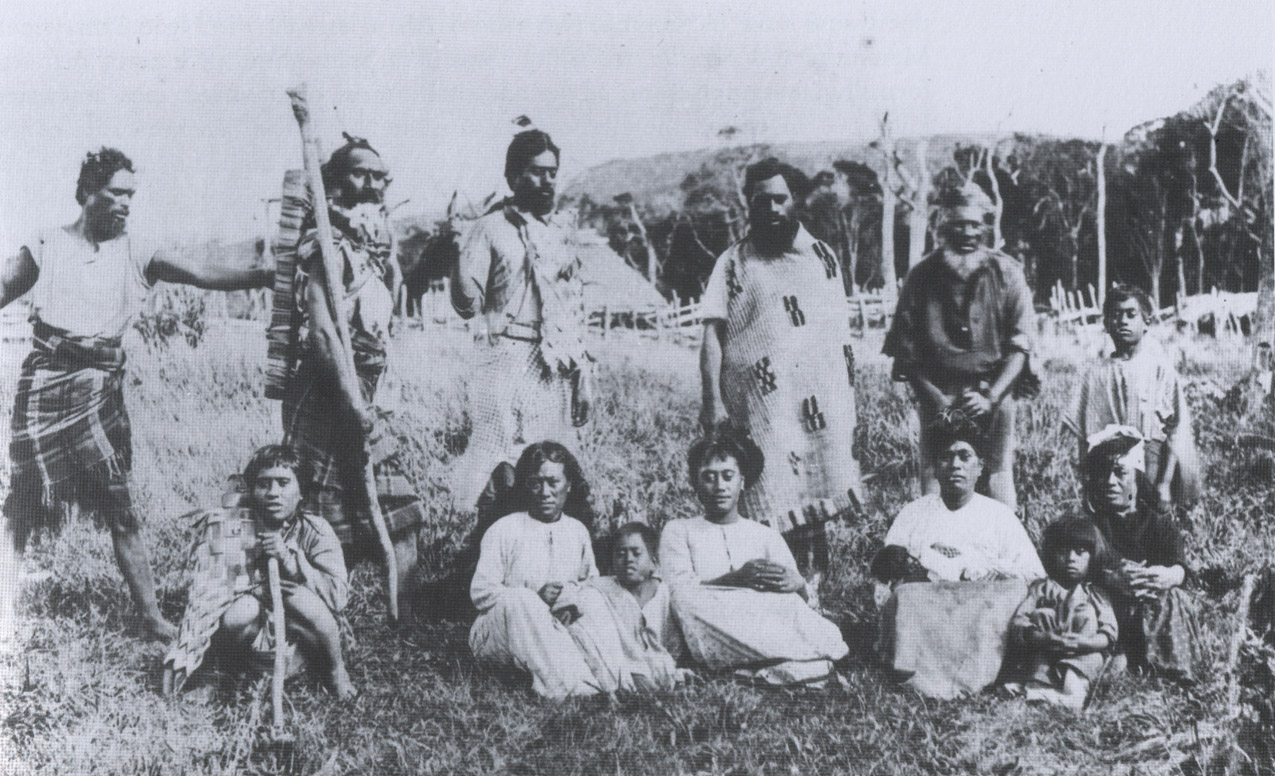ABOUT US
Hokotehi Moriori Trust is the organisation that represents Moriori people – the descendants of Rongomaiwhenua and Rongomaitere on the islands of Rēkohu and Rangihaute (Chatham Islands), in New Zealand and elsewhere.
The Trust operates from Kōpinga Marae, and has operational support based on mainland NZ. There are 8 trustees, 3 from Rēkohu and 5 from New Zealand (South & North Islands). Hokotehi is involved in several sectors of the islands economy including fishing, farming and tourism. The trust also provides cultural, social and educational services for members.
Hokotehi Moriori Trust is the mandated Imi body authority for Moriori people and is involved in negotiations on behalf of Moriori with the Crown and other government and non-government agencies. The Trust is tasked with developing a commercial, cultural, language and resource base for Moriori.
The Moriori philosophy of peace and harmony has sustained Moriori through the darkness and despair of the recent past. It is a beacon of hope and inspiration for Moriori and a gift for humanity.
About Moriori
All Moriori today trace our ancestry back to Rongomaiwhenua. What distinguished Moriori was their adherence to a covenant of peace which they observed for over 500 years and remains a beacon of hope for our people today.





